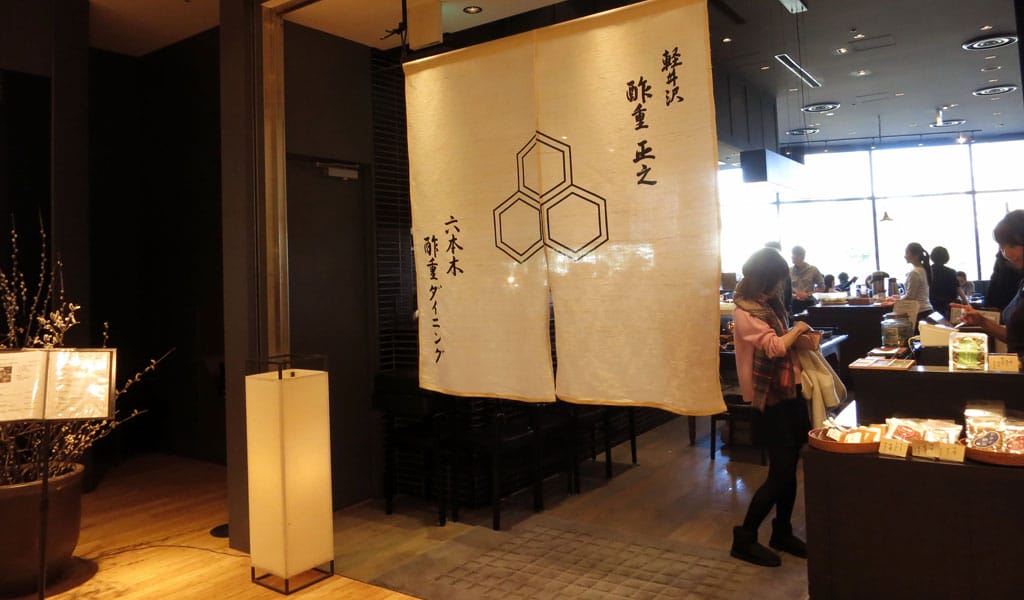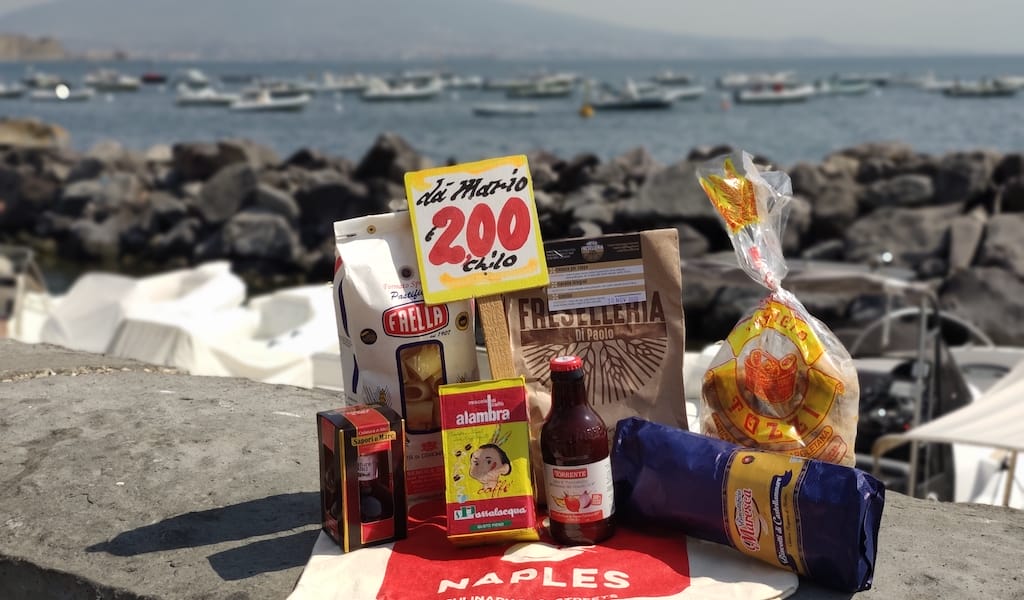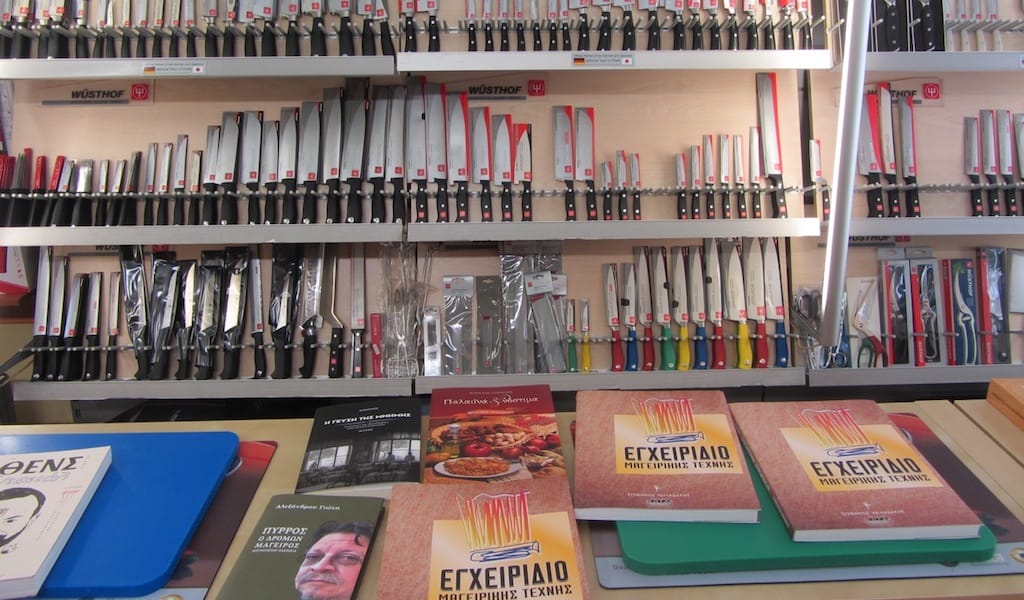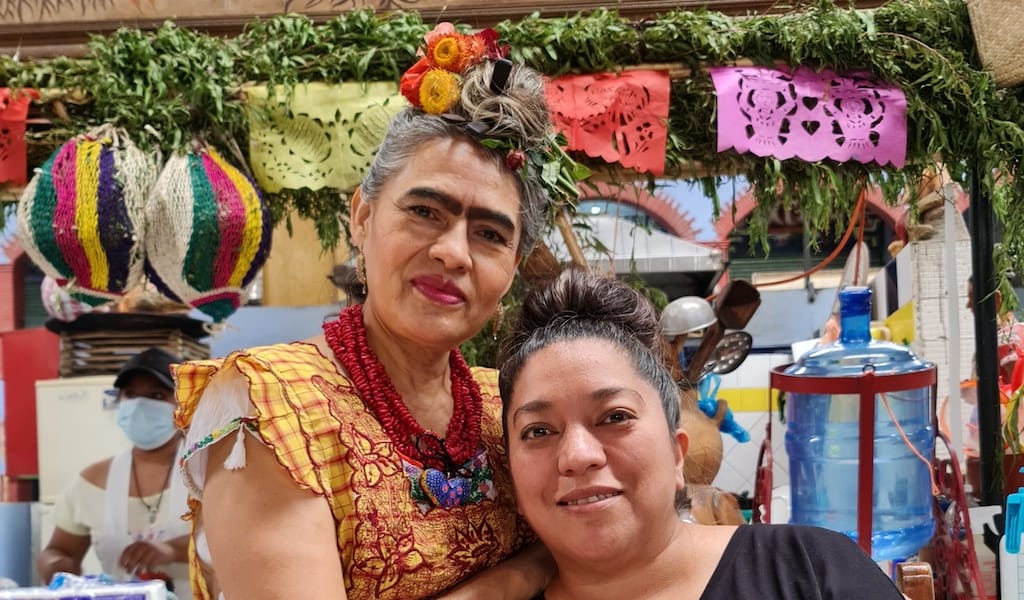Many people think of miso as the soup that gets tacked onto every Japanese meal. We can still remember our first experience of Japanese food in the West, when the waiter brought the soup at the end of the meal, and someone thought he’d forgotten to serve it at the beginning. Any self-respecting Japanese meal, just about anywhere in the world, will end with miso soup.
The miso used in the soup is a paste that will determine the flavor of the soup. There are basically three kinds of miso: red (akamiso), white (shiromiso) and mixed (awase), which has a brownish hue and is the most common variety used in miso soup. A miso paste is primarily made from fermented soybeans, salt and kojikin, a fungus. The longer the fermentation, the stronger the taste – as in the red – and the shorter the sweeter the taste – as in the white. The miso paste is dissolved in dashi, stock usually made from kelp and katsuobushi (dried bonito flakes), and then tofu and other ingredients are added to make it heartier.
Although as many as 75 percent of Japanese people consume miso soup daily, miso is also used in a myriad of other ways. Miso is, in fact, one of the pillars of Japanese food, and we never tire of exploring the many facets of this ingredient.
One of the best places we know to deepen our appreciation is Suju Dining Rokkaku Restaurant in central Tokyo. The Suju experience was developed in the town of Karuizawa in Nagano, and most dishes are typical of that prefecture. Suju Masayuki opened his Nagano store and subsequent restaurant 15 years ago, hoping to recreate basic Japanese family meals and to keep the tradition of eating family foods alive. The izakaya branch in Roppongi proudly serves a huge selection of Nagano prefecture sakes with the food and stocks a lovely selection of delicacies to take home.
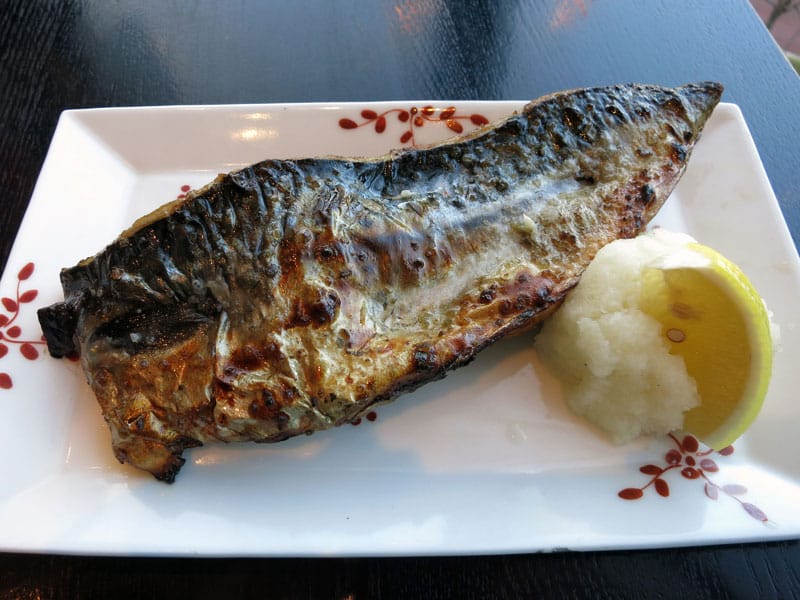
The setting is part of the pleasure of dining at the izakaya. Perched on the second floor of Tokyo Midtown, the restaurant has a perfect view of the garden and Tokyo skyline, and, especially during the lunch hours on a sunny day, the feeling is expansive and restful. During cherry blossom season the show is spectacular. There are several set menus that offer a great opportunity to taste how miso is used in Japanese cuisine in a simple, straightforward manner.
The set lunches are a very full meal and great value. The mainly miso-based dishes are offered with a choice of entrees such as thinly sliced Japanese beef in a miso sauce, black tiger prawns marinated in miso, perfectly grilled salmon that has been marinated in miso or a home-style fish stew of mackerel in miso. A plain grilled mackerel shio yaki is one of the more classic non-miso dishes. The fish filet is massaged with salt (shio) to remove any fishiness and then simply grilled (yaki) and served with grated daikon radish on the side, just as it would be served at home.
One of the most popular lunch sets is the Obanzai: it begins with three small, typical dishes that change with the seasons. There is a choice of fish, including one of the signature dishes, saba miso – miso-marinated mackerel, a staple of Japanese home cooking often overlooked outside Japan.
All sets come with a generous portion of miso soup, pickles, tea and a choice of brown or white rice. Both the rice and miso soup include liberal refills. For the truly hungry there are toppings for the rice available at a small surcharge, including mentaiko (spicy cod roe), toroto (grated yam), jyako (small sardine) with grated daikon, umeboshi (salted plums) and ikura (salmon roe).
Dinner is a great opportunity to sample the 15 kinds of Nagano prefecture sake offered at Suju, although there is a full bar during lunch service as well. There are small portions available for a simple tasting at around US$7 per glass, a regular-size glass for a bit more and typical small carafes that can inch up in price. The Sakunohana from the 125-year-old brewery was a standout on our last visit. This full-bodied typical Junmai Ginjo is never sold outside Japan and tastes dry and slightly sweet at 17 percent alcohol. It is a Muroka Namagenshu, which means it’s not charcoal filtered and is poured at cask strength. There are numerous sakes from other regions that can also be sampled or sipped by the bottle.
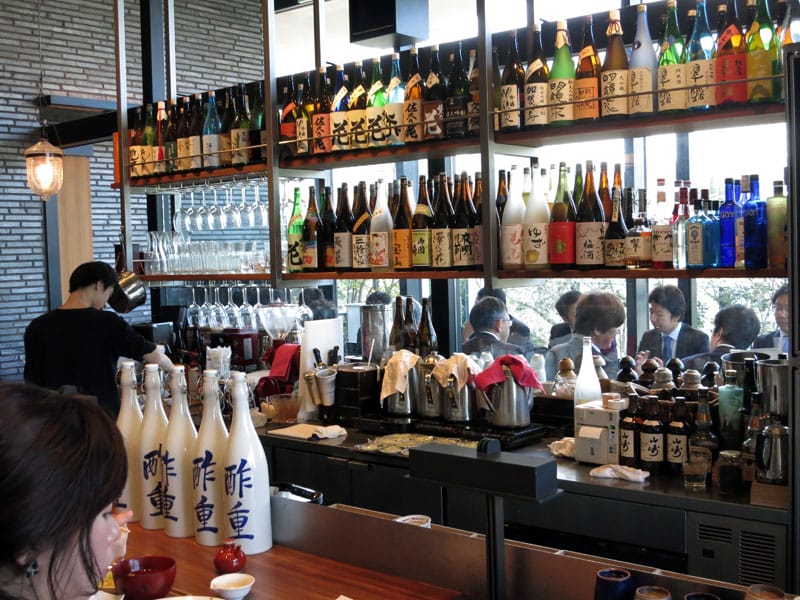
The evening meal offers appetizer delicacies such as miso-marinated beef tongue, sashimi with wasabi leaves pickled in sake and a miso-marinated cheese that pairs well with sake. There are a variety of homemade miso-marinated meats available only for dinner such as duck, beef and black cod.
There are many Japanese sweets for dessert, as well as a very indulgent banana cake bathed in whipped cream. The staff is extremely helpful, and there is an English menu to help navigate the many choices of true home-style Japanese cooking and wide selection of sakes. One of the many virtues of Suju is that it does not close after lunchtime and continues service straight through to closing and is open on Japanese holidays. Most Japanese restaurants close between lunch and dinner.
To help us savor our meals here long after we’ve left, we love to stock up on the packaged homemade miso sold at the small shop in front of the restaurant.
 November 16, 2020 The CB Gift Guide 2020
November 16, 2020 The CB Gift Guide 2020
When we published our first gift guide in 2017, our aim was simple: to share a […] Posted in Elsewhere July 17, 2014 Kelly’s Cookbookstore
July 17, 2014 Kelly’s Cookbookstore
Editor's note: We're sorry to report that Kelly's Cookbookstore has closed.
Thinking […] Posted in Athens September 8, 2021 La Cocina de Frida
September 8, 2021 La Cocina de Frida
On my way out of Oaxaca center and on to the city of Santa Catarina Minas, a good friend […] Posted in Oaxaca
Published on May 29, 2017
Related stories
November 16, 2020
Elsewhere | By Culinary Backstreets
ElsewhereWhen we published our first gift guide in 2017, our aim was simple: to share a highly-selective (and relatively short) list of products – some serious, others lighthearted – that our correspondents and guides eat and use, made by people they know. But in this unprecedented year, which has left so many of us grounded…
July 17, 2014
AthensEditor's note: We're sorry to report that Kelly's Cookbookstore has closed. Thinking we’d find something like New York City’s Kitchen Arts and Letters or London’s Books for Cooks, we paid a visit to Kelly’s Cookbookstore near Omonia Square. Like them, the shop is warm and inviting, its owners encyclopedic sources on all matters culinary. Unlike…
September 8, 2021
OaxacaOn my way out of Oaxaca center and on to the city of Santa Catarina Minas, a good friend suggested I make a pit stop to visit “Frida.” Me: “Wait! Frida? Frida Kahlo the Mexican art icon? But she died in 1954!” Him: “You'd better go and try her chile encuerado.” So here I am,…







































